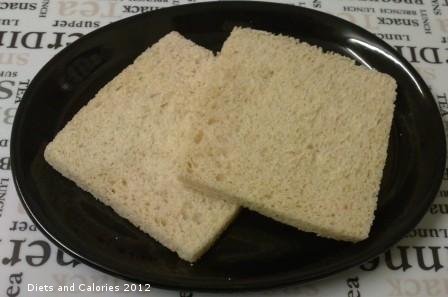Maillard Reaction
An important chemical reaction that happens during cooking is called the Maillard Reaction (pronounced may-yard). It's responsible for many of the flavors and smells of the foods you enjoy.
Some examples include:
So we have a window of 300F-400F where the delicious Maillard reaction takes place without burning the food. Have you ever wondered why most baked items set the oven at 350F? The thermostat in the oven will kick on at 300F and turn off at 400F so it stays in that sweet spot the whole time. There are times when certain items go to 400F or 425F, but it is fairly standard to bake most things at 350F. The same goes for deep fryers, most restaurants set their fryers to 350F for their fries (I did the fries at In-N-Out in high school). If ovens and deep fryers are set to 350F for this reason, then the best results for pan frying on the stove would likely be 350F as well. The trouble is at my home, the stove says 0-10 and I don't know how to get it at 350F. My next post will address this.
By the way, that is why Kalbi is best over an open flame on a grill. The liquid/marinade cools the frying pan too much and surrounds the meat so it is steamed/braised at 212F and never gets hot enough for the maillard reaction to happen. If you crank up the heat higher to compensate for the drop and to evaporate all the liquid, you usually burn the meat or the sticky residue from the dried marinade and cause it to char/burn.
Kalbi has so much sugar from the marinade that it is able to get a lot of the maillard reaction. That is why it when it is cooked properly, it gets a brown/almost reddish maroon color. Most other meats that aren't marinaded in sugar get a slight hint of that brown red as it makes a nice sear.
Some examples include:
- the brown color of a seared and grilled steak
- the smell and taste of sauteed onions
- the brown crust of baked breads
- the golden brown color in fries....and so on
So we have a window of 300F-400F where the delicious Maillard reaction takes place without burning the food. Have you ever wondered why most baked items set the oven at 350F? The thermostat in the oven will kick on at 300F and turn off at 400F so it stays in that sweet spot the whole time. There are times when certain items go to 400F or 425F, but it is fairly standard to bake most things at 350F. The same goes for deep fryers, most restaurants set their fryers to 350F for their fries (I did the fries at In-N-Out in high school). If ovens and deep fryers are set to 350F for this reason, then the best results for pan frying on the stove would likely be 350F as well. The trouble is at my home, the stove says 0-10 and I don't know how to get it at 350F. My next post will address this.
| Temperature | Notes | Example | Example | Example |
|---|---|---|---|---|
| 212F to 300F | light colored, Bland |
|
|
|
| 300F to 400F | Maillard- Reaction, Golden brown, seared |
|
|
|
| 400F and up | Charred and burnt |
|
|
|
Kalbi has so much sugar from the marinade that it is able to get a lot of the maillard reaction. That is why it when it is cooked properly, it gets a brown/almost reddish maroon color. Most other meats that aren't marinaded in sugar get a slight hint of that brown red as it makes a nice sear.






Comments